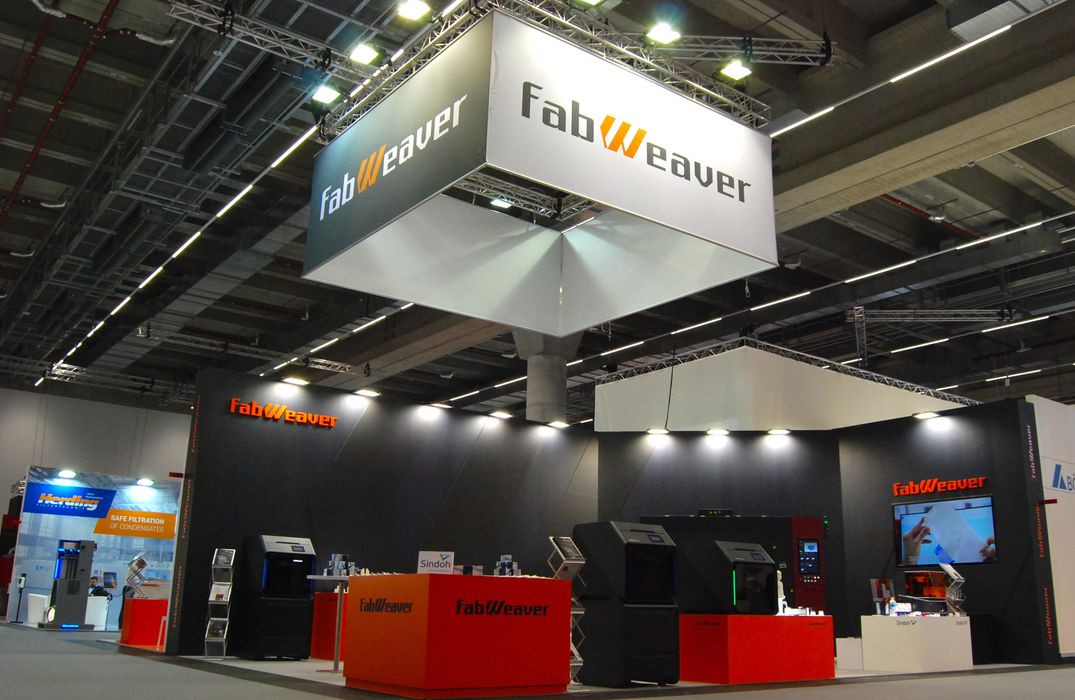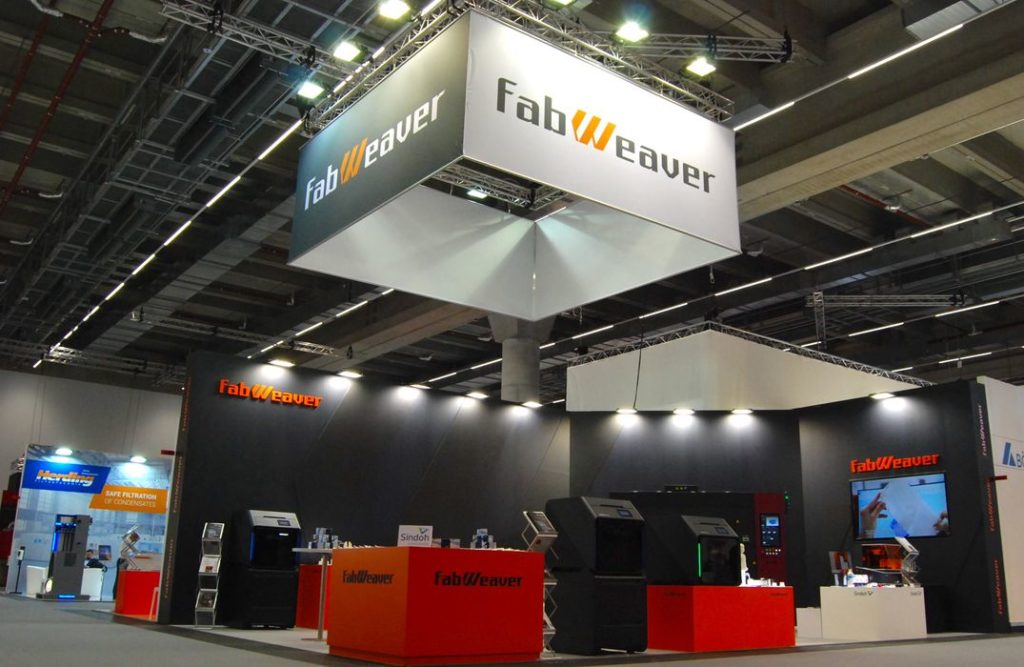
I spoke with Sindoh and learned they’re undergoing a major transformation.
The Korean company has been one of the most interesting to follow since I began looking at 3D printing over 15 years ago. Back then Sindoh was a major photocopier manufacturer, producing well-regarded equipment used worldwide. They still produce that type of equipment and similar products, but along the way they they entered the world of 3D printing.
I first encountered them in 2013, when they had just launched the 3DWOX, an incredible desktop 3D printer for its day. The machine was enclosed — a rarity for the time — and was able to print misbehaving ABS material quite easily, right out of the box. Back then I called the device the “first real 3D printer for consumers.”
The most impressive aspect of the 3DWOX was its highly innovative color touchscreen, which unlike most of the other machines on the market back then, presented the information in an easy-to-follow manner. Sindoh had learned the lessons of interfaces from their long experience in the photocopier world, and brought that to 3D printing. Today many desktop 3D printers also offer similar interfaces, but the first one I saw was from Sindoh.
The desktop 3D printing market is crowded and extraordinarily competitive, with a kind of “race to the bottom” occurring. That intense environment has generated many casualties, including then-leaders MakerBot and Ultimaker, both of which essentially gave up on the consumer market and shifted to professional environments, including education, prototyping, engineering, architecture, etc. They left many other companies continuing to fight in the race to the bottom.
Many of those companies literally failed, and others followed the MakerBot and Ultimaker routes to change their business.
But what about Sindoh?
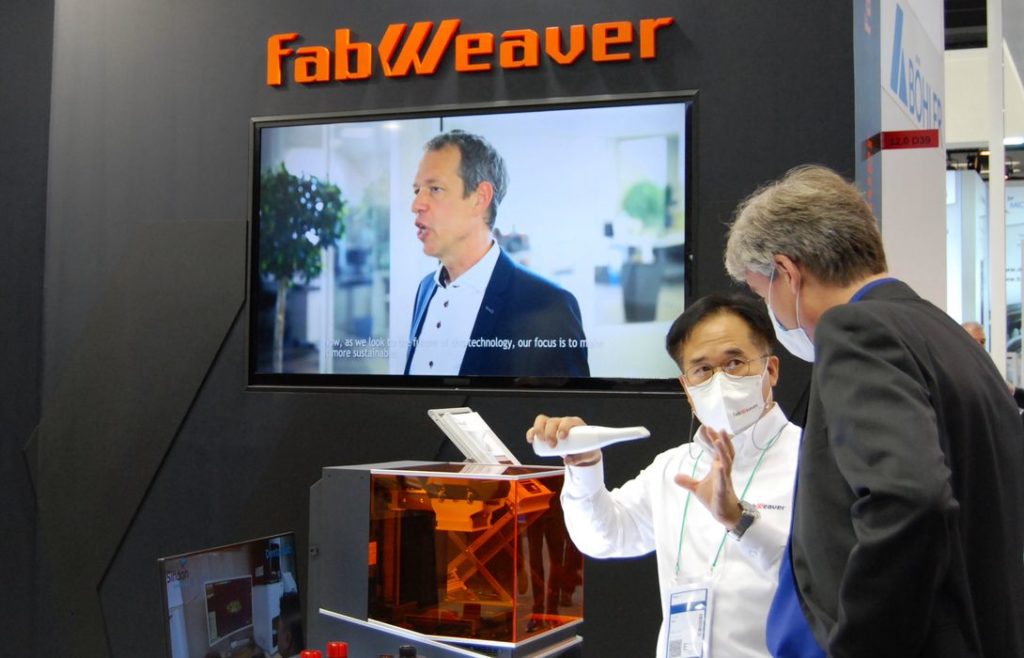
In a discussion with company representatives Minah Chung and Thomas Kim, I learned they have reached a point of transformation. Kim explained:
“We have a long background in 2D printing, starting with simple machines. We also have a long vision for 3D printing, and we’re adding new technologies all the time. But after 5-6 years of running this business, desktop machines, we found it was time for change.”
The company leadership changed after a key retirement, and they’ve had a significant internal reorganization. They have developed a new product, and even a new brand, “Fabweaver”. The intention is to develop and market industrial and professional level equipment, while keeping the 3DWOX brand at the same time.
The Sindoh S100
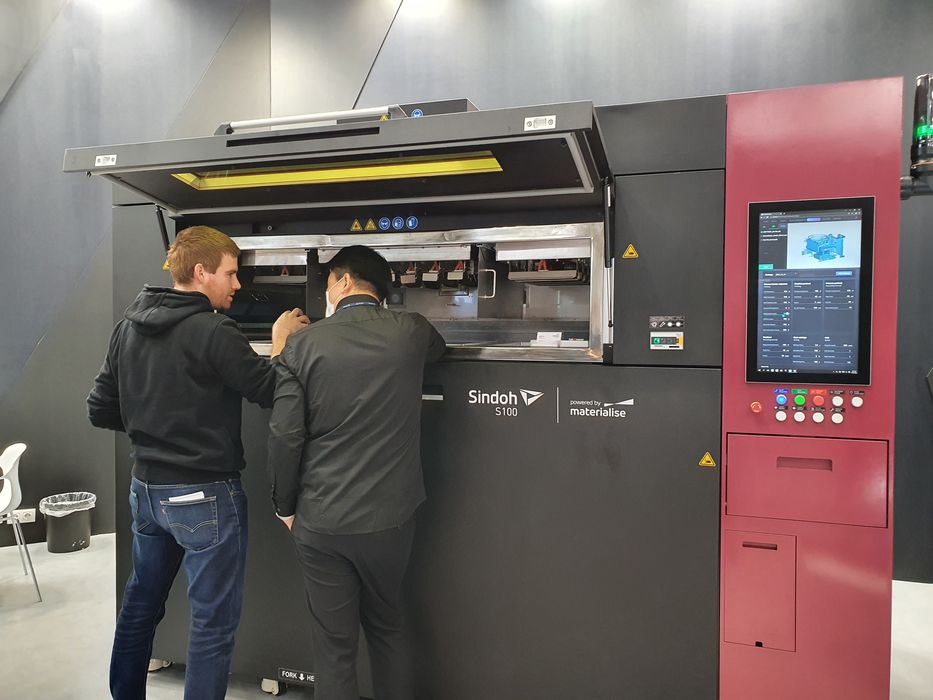
In a sense, this transformation was already underway as Sindoh’s 3D printer products were gradually shifting in that direction over time. Their most recent product announcement last fall, for example, was the Sindoh S100, the first polymer 3D printer for industry from Korea, where Sindoh partnered with Materialise.
Why partner with Materialise? Was Sindoh seeking assistance on, say, software for industrial workflows? Perhaps, but the big attraction turned out to be Materialise’s unique Bluesint nylon powder system.
The Bluesint system is revolutionary as it dramatically reduces the cost of material for SLS 3D printers. Normally SLS equipment requires mixing fresh powder with used powder from previous print jobs in specific ratios. This means that each and every print requires more material, even though some is not used. Effectively many operations end up tossing used powder because they can’t meet the ratios on new jobs.
Bluesint changes all that. With a deft combination of heating and laser wizardry, the system can shift the reuse ratio as high as 100%. That is to say, all powder can be reused. This provides an enormous saving of material costs, as well as significant CO2 savings. While there is a slight degradation in surface quality, this is irrelevant for most applications.
Chung explained that the open materials S100 was actually developed during the pandemic with Materialise, completely remotely. The two teams didn’t meet each other for some time. But there was an interesting side effect, as Chung explained:
“The machine was co-developed during the pandemic, so now we can fix it remotely. The remote operation was designed for this. It was not our intention, but Covid resulted in a remote-capable machine.”
Sindoh is gearing up for big times with the S100. Chung explained:
“At Formnext we saw many users operating 15 year old equipment, and we are ready to replace those large machines when the opportunity arises. Some users have already added the S100 as a backup machine, or to reduce costs.”
You can see that the S100 is about as far away from the original 3DWOX as you can get.
Fabweaver type A530
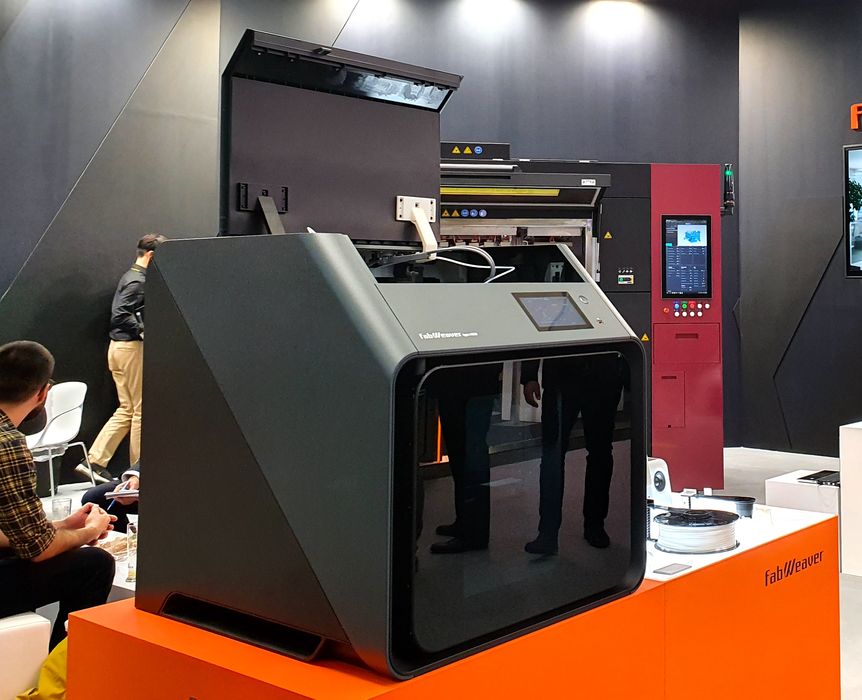
The Fabweaver brand’s first unit is the “type A530”, an FFF 3D printer with a difference. The key specifications are:
- Build volume of 310 x 310 x 310 mm
- Dual nozzle, capable of using soluble support for complex prints (VXL is used)
- Supports ABS, ASA, PLA and other materials to come
- Integrated dry box for high-quality material storage
- Heated build chamber to 75C
- Fully automated calibration
- Easy-to-use color touchscreen, as all Sindoh products have
The type A530 is finely tuned to ensure parts emerge with 0.2mm accuracy. The machine also includes power-out handling, automated feeding and most importantly closed-loop motor controls for extremely accurate 3D prints.
The type A530 can be operated remotely through Sindoh’s cloud system, and offers mobile access. Their new “Weaver3 Studio” software is able to quickly prepare 3D models for printing on the type A530.

Sindoh set their pricing for the type A530 far less than some competitors, and let me explain their logic. Sindoh sees two market segments: a high end segment served by Stratasys, Markforged, Desktop Metal, etc., for producing functional prototypes that are close in quality to parts made with conventional approaches; and a second market for “design prototypes”, currently served by Ultimaker, Zortrax, Raise3D, MakerBot, etc.
Sindoh’s strategy is to provide high-end part quality but at price levels of the design prototype segments. The machine costs far, far less than the high-end competing machines, but produces parts that “work the same way”, according to Kim.
Sindoh 3D Printing Today
Today we find Sindoh was an incredible breadth of equipment. They still market the lower-priced 3DWOX models, while at the same time developing large-scale industrial equipment ready for production use and several models inbetween. Their new Fabweaver brand and relationship with Materialise should enable them to gain a strong foothold with industry in coming years.

